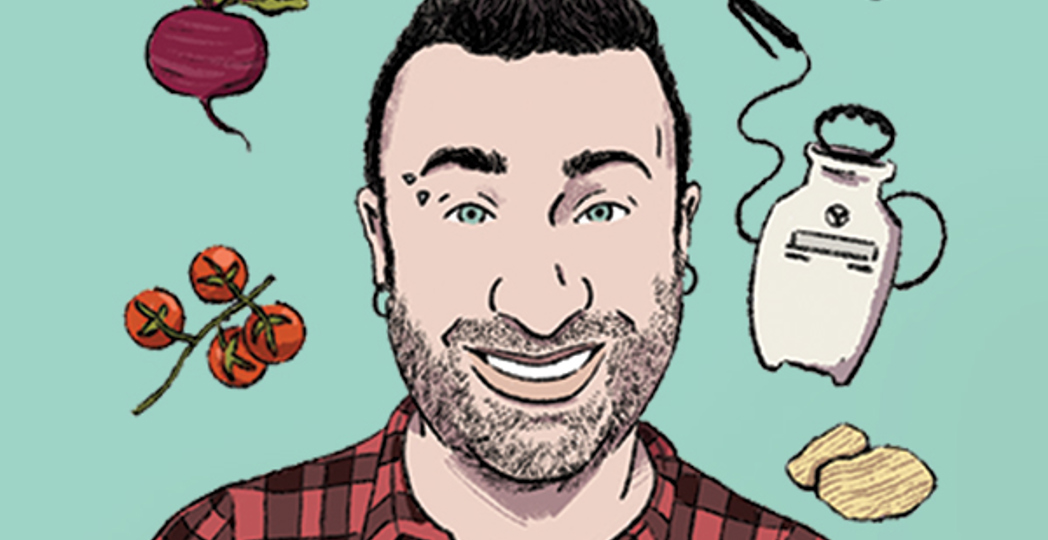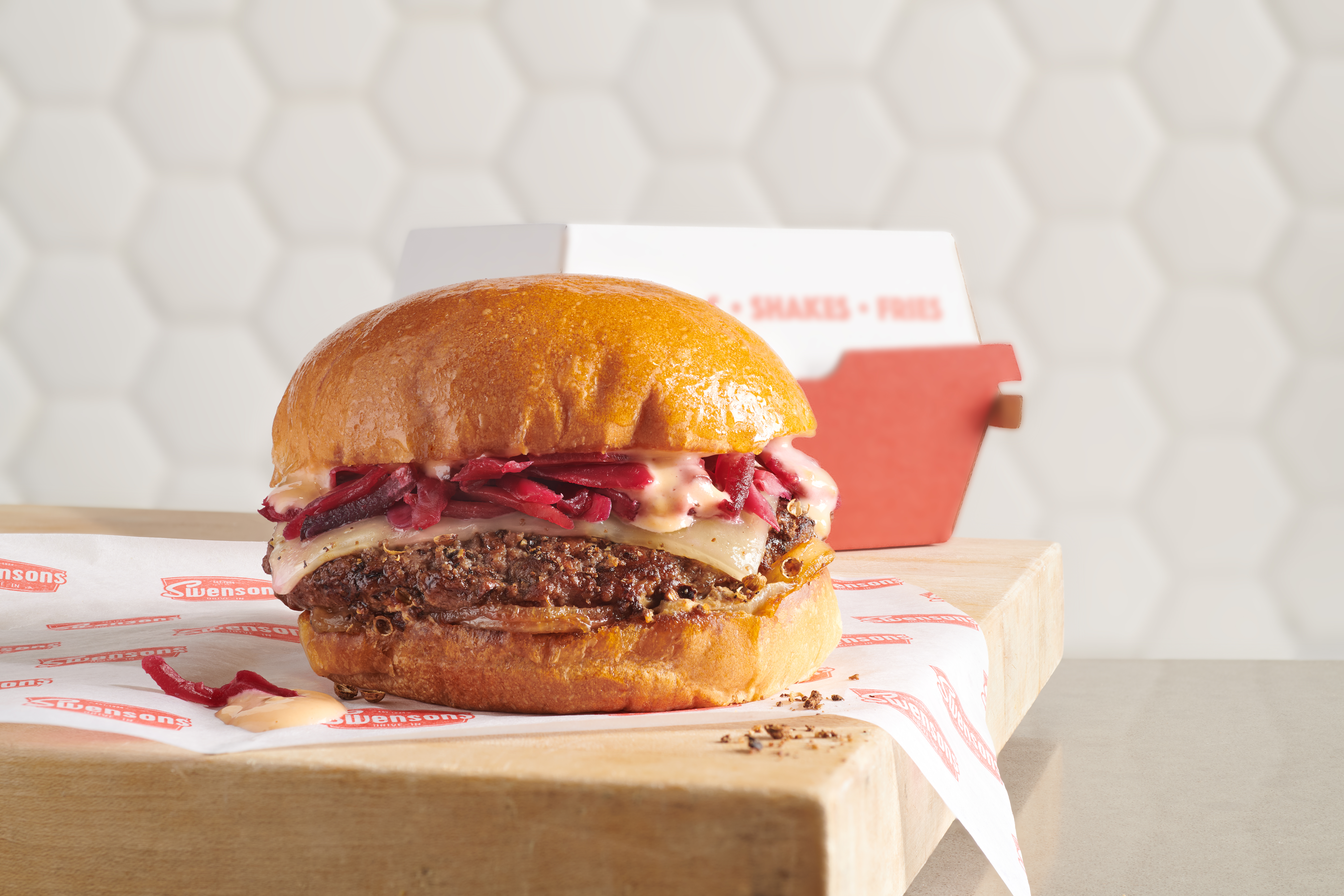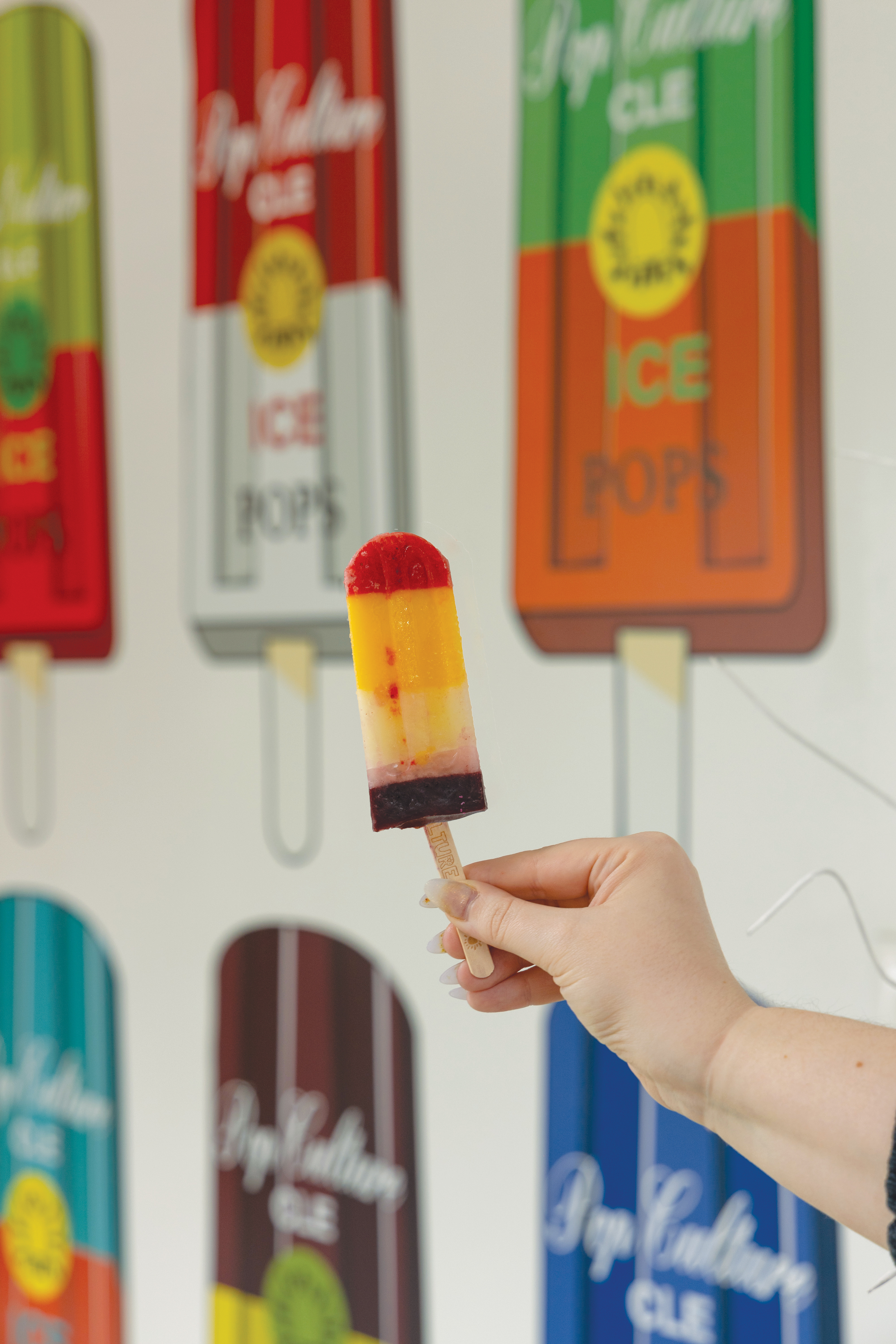Larder Chef Jeremy Umansky Helps Us Understand Sneaky Food Lables at the Grocery Store: Ask Chef
by Jeremy Umansky | Oct. 4, 2023 | 11:00 AM

David Wilson
Believe it or not, there was a time when most of our foods were made from fresh, whole ingredients.
You knew what went into them by simply looking at them. They were enjoyed at peak ripeness and nutritional content or processed in a way that would keep them edible. Over time, we realized that if people on the East Coast wanted to eat the same things as people on the West Coast, and vice versa, we needed to stabilize the food for transport and storage. Combine that with Wild West food marketing, and shoppers face a bewildering array of terms, claims and suggestions from food manufacturers.
Today, the term “natural,” at least according to the USDA and FDA, means something totally different. According to the USDA, “natural” simply means “a product containing no artificial ingredient or added color and (that) is only minimally processed.” That’s it. It does not mean that a food is better for you. Frito-Lay can slap “natural” on a bag of potato chips, but they’re still potato chips. Pay close attention to how many labels of snack and junk foods are screaming about how natural they are.
“Organic,” on the other hand, is a highly regulated designation.
“If you see the USDA organic seal,” the organization says, “the product ... has 95% or more organic content. Organic production emphasizes natural processes and ingredients.”
Organic food should be fresh and full of life. It shouldn't damage the environment, and it should be free of the chemicals that we put on food that is “conventionally grown,” aka, grown with loads and loads of petrol and other chemicals.
Yet, the USDA gives the organic distinction to agriculture that has been treated with plenty of chemicals, including bacillus thuringiensis copper, hydrogen peroxide, non-detergent insecticidal soaps, oils and minerals. Copper, as an example, is deemed hazardous by the EPA, OSHA and many state health departments.
I’ve personally applied bacillus thuringiensis and copper to plants being grown to USDA standards on an audited organic farm, and let me tell you, you don’t want to do that without a full-body covering and some sort of respiratory protection.
Yes, your organic food is covered in pesticides, herbicides and fungicides. They’re just not as bad for you and for the environment as the ones we put on other foods. Why are these chemicals allowed in something that should be pure and unadulterated?
None of us can obtain perfection. I’ve enjoyed enough Cool Ranch Doritos for a lifetime. Still, I suggest buying as many whole, fresh, minimally processed ingredients directly from a farmer as possible. In today’s hectic world, don’t lose sight of the control you have over your health. Don’t be fooled by some faceless corporation saying you don’t have time to cook a pot of rice, roast a chicken breast and cut up a salad in less than 30 minutes. Not every meal has to be “restaurant quality” all the time! Fresh fruits, vegetables, dairy, meats and seafood are already convenient.
Seriously, just pick up an apple and bite.
Start your day the best way by signing up for our free daily newsletter. Arriving in your inbox every morning to keep you in the loop on the best guides, home and style tips, and news briefs for all things Cleveland. Click here to subscribe.
Trending
-
1
-
2
-
3
-
4
-
5










